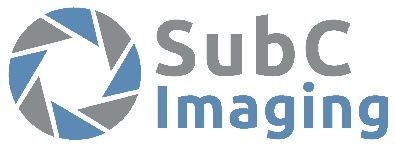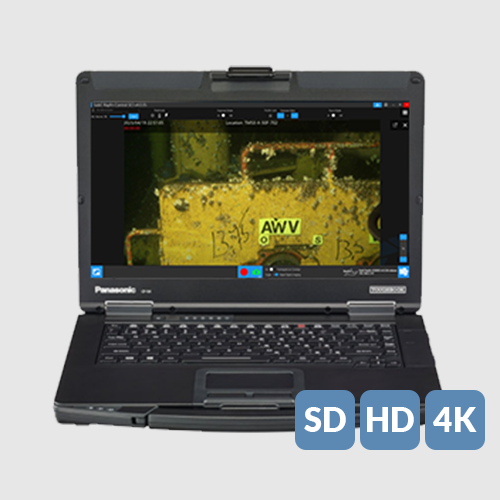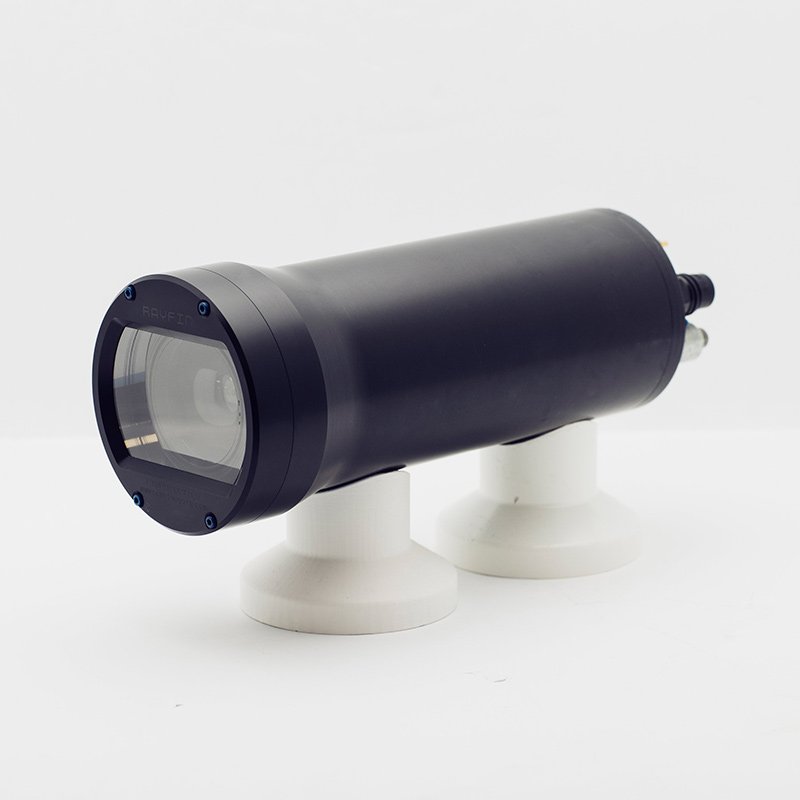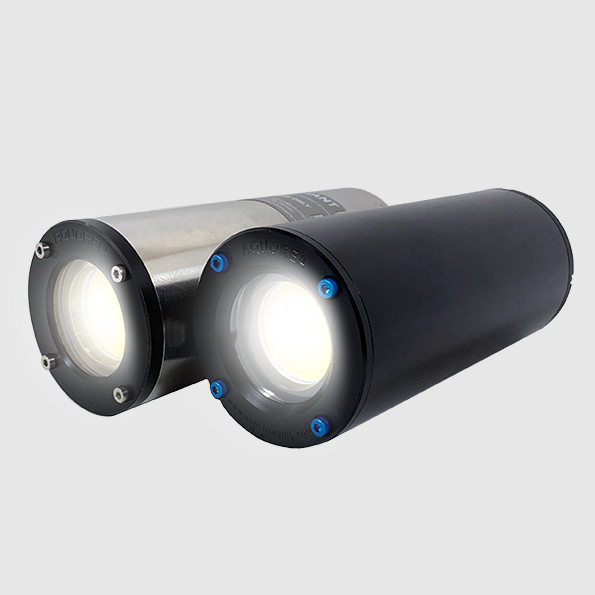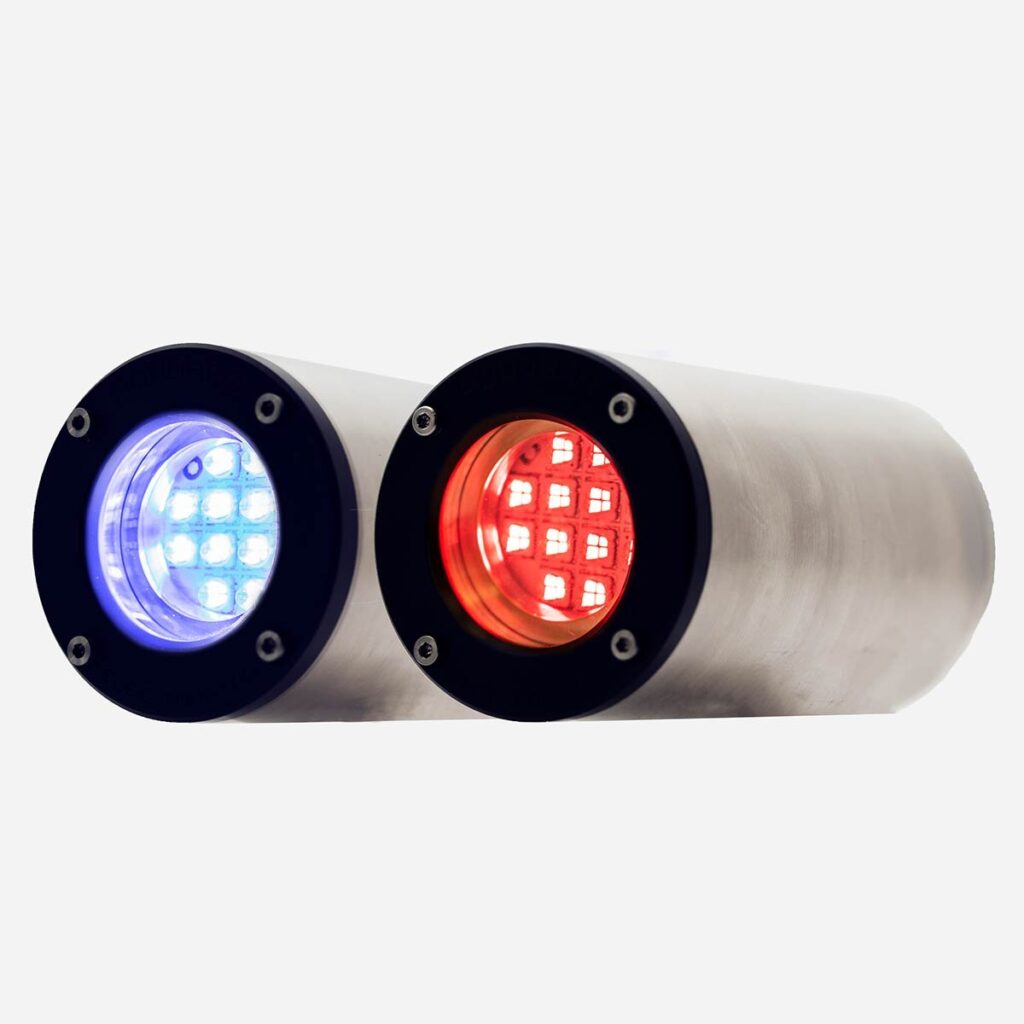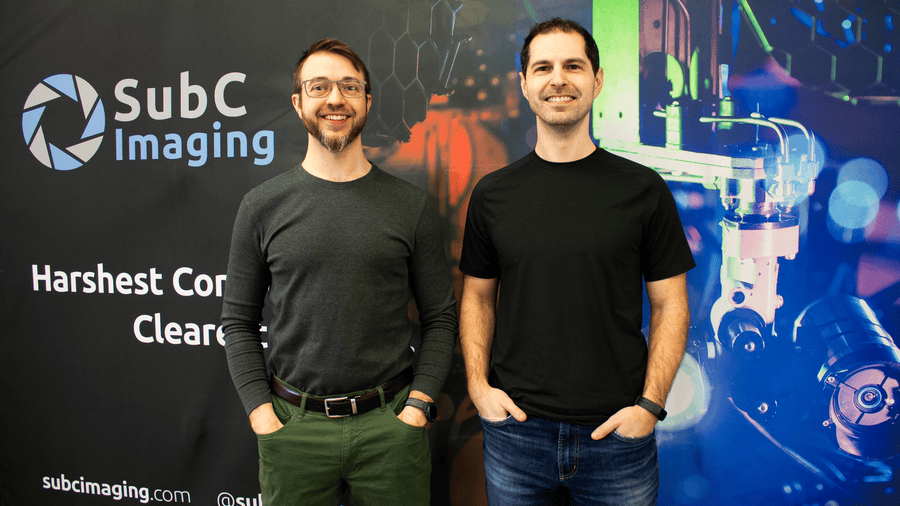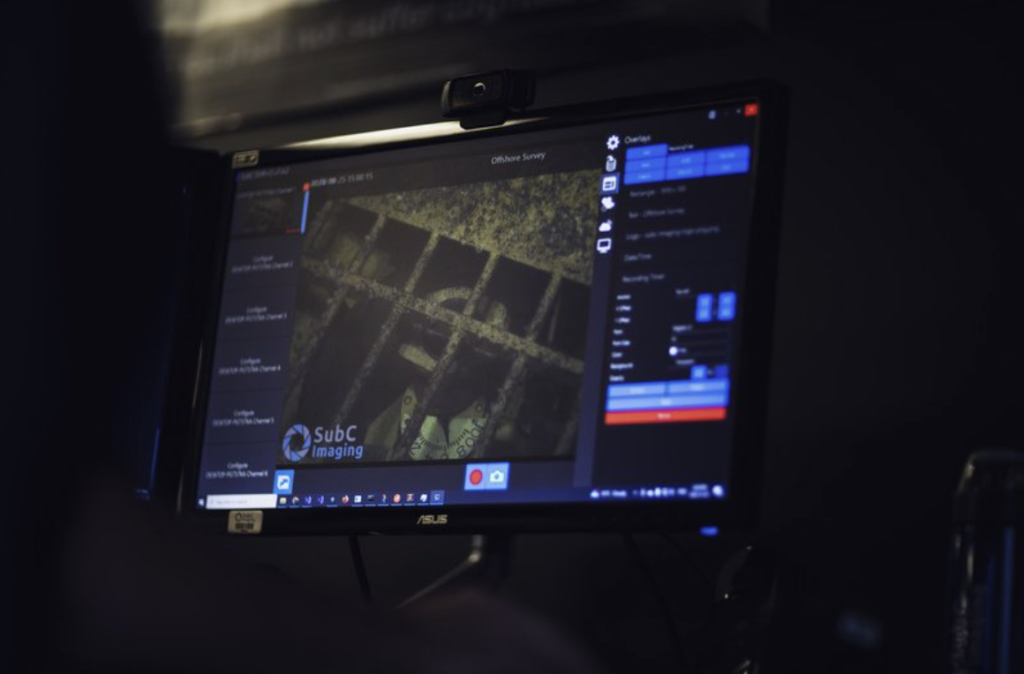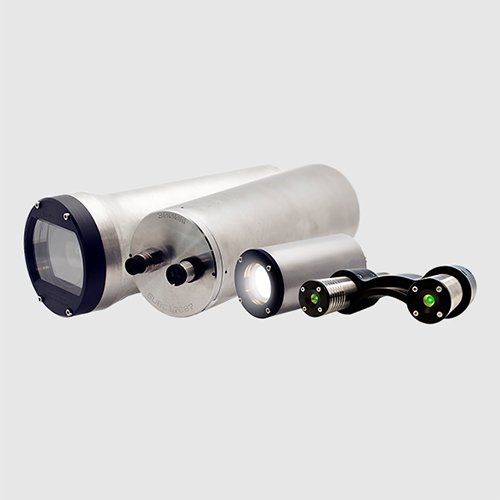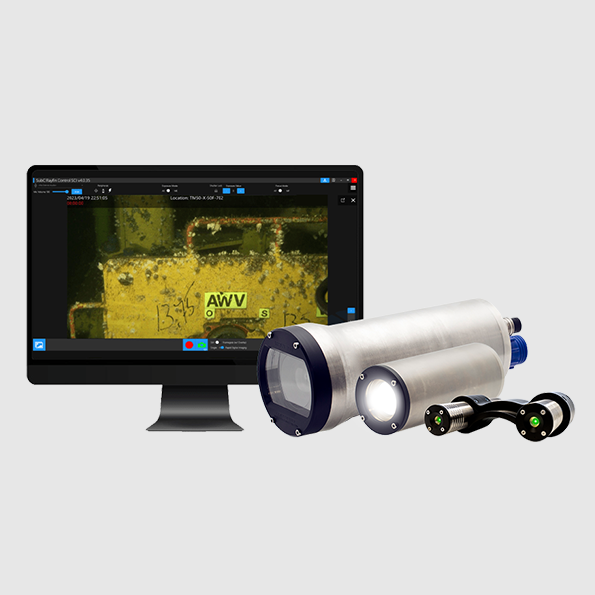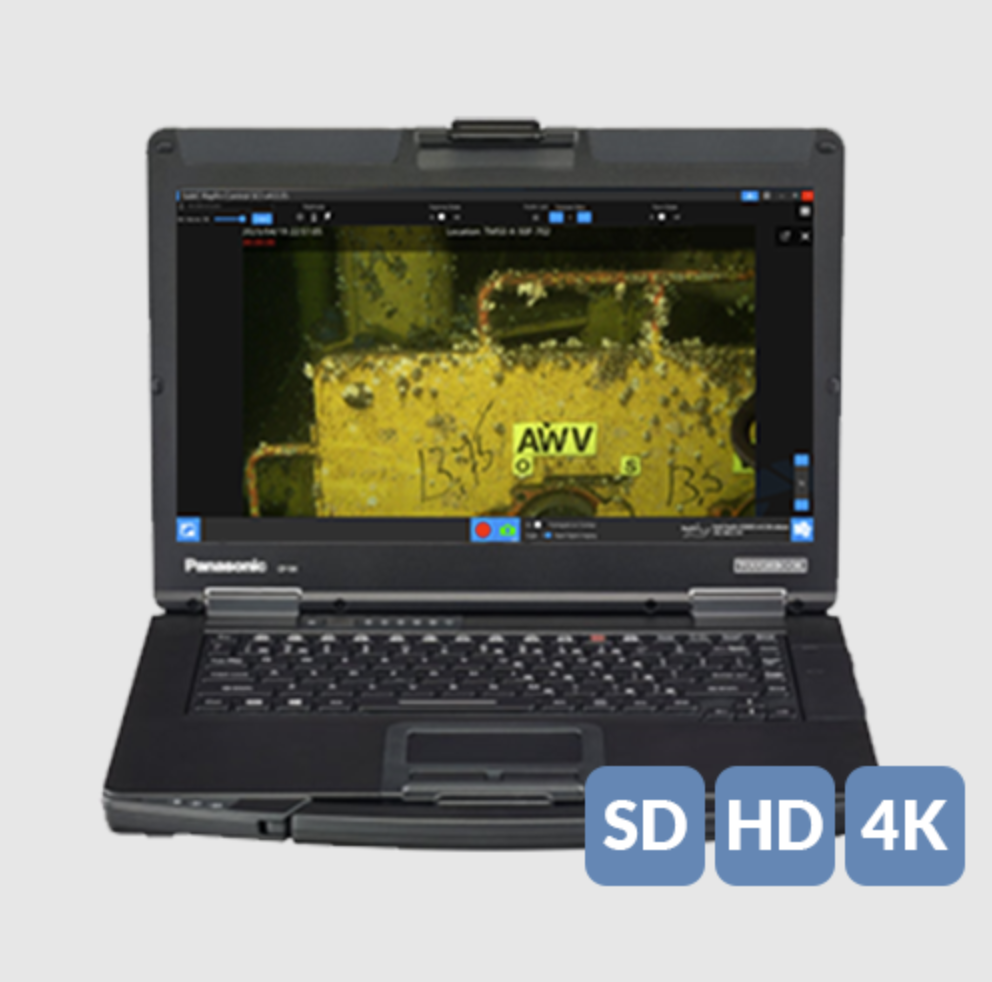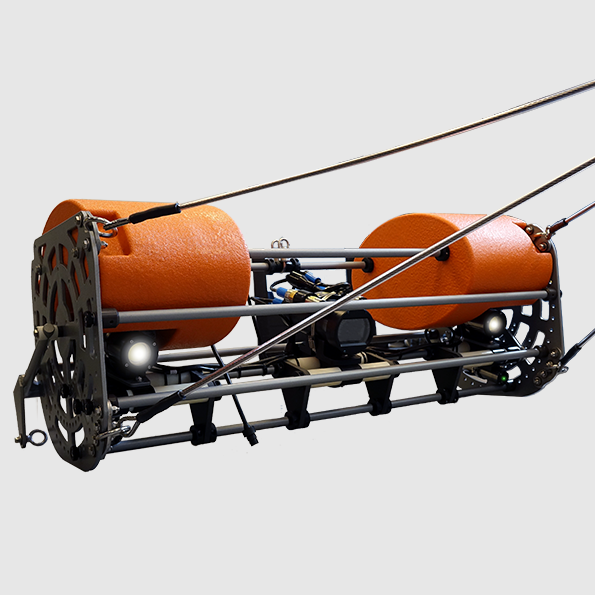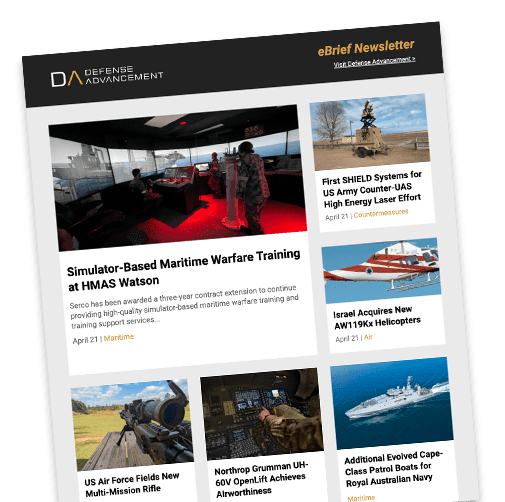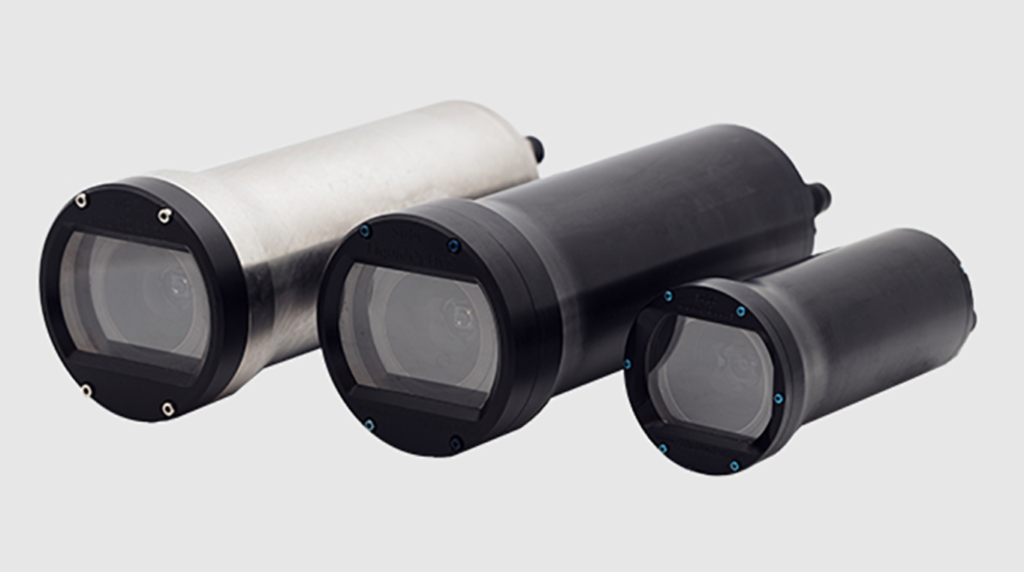
SubC Imaging has released a software update for the Rayfin camera family, adding flexible data storage options to enhance deployment efficiency and workflow management.
All models, Benthic, Coastal, and Micro, now support both internal storage and topside data transfer, allowing for more control over how data is captured and stored based on deployment.
This enhancement applies to standalone cameras and full SubC systems featuring Rayfin technology. Whether using the camera on its own or as part of a complete inspection or observation solution, data can now be captured and managed more efficiently.
This update allows users to maximize productivity across deployments, providing more flexibility, fewer components to manage, and greater long-term value.
Available Across All Rayfin Models
- Rayfin Micro – Rated to 500m depth. Ideal for live inspections and surveys using compact subsea systems.
- Rayfin Coastal – Rated to 500m depth. Purpose-built for drop and tow camera systems in coastal and shelf environments.
- Rayfin Benthic – Rated to 6000m depth. Suited for deepwater surveys, observatories, and autonomous or battery-powered deployments.
All three models now support both internal and topside storage options via the updated Rayfin software.
Flexible Storage Method
Different workflows require different storage setups. Autonomous deployments often rely on internal storage, where footage is saved onboard for later retrieval. ROV inspections and other live operations benefit from real-time topside transfer, allowing for immediate viewing, control, and documentation.
With this update, Rayfin cameras can do both. Depending on user needs, it can record internally or transfer footage topside in real time, all from the same camera. No hardware swap. No added gear. Just more flexibility built in.
Software That Sets SubC Apart
This update is a result of SubC’s fully integrated hardware and software approach. SubC develops both the cameras and the software that powers them, giving it the ability to deliver these features, without relying on third-party tools or additional equipment. The ability to switch between storage workflows with a single interface is just one example of how Rayfin stands apart in the subsea imaging market.
Adam Rowe, VP of Software at SubC Imaging, stated, “Because we design both the hardware and software in-house, we can deliver updates like this without added complexity. It’s all about giving our users more flexibility—without more gear or setup.”

